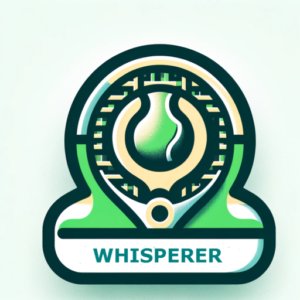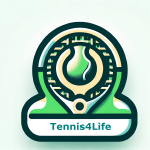Muscle Knots from Overplaying
Muscle Knots from Overplaying?
Tennis is a demanding sport — long rallies, intense footwork, and repetitive motion can lead to those painful, stubborn muscle knots. If you’ve ever come off court with that deep ache in your neck, shoulders, or calves, you’re not alone.
These myofascial trigger points are common in high-level players and can seriously impact your performance if left unchecked.
Why Muscle Knots Happen to Tennis Players
When you overtrain or maintain poor posture (yes, even between matches), your muscles can contract and fail to release. Over time, this creates dense, sensitive knots — especially in high-load zones like:
-
Shoulders and traps – from serving and overheads
-
Forearms – from racquet repetition
-
Calves and lower back – from explosive lateral movement and long matches
They reduce blood flow, compress nerves, and limit your range of motion.
How to Break the Knot Cycle
Most knots resolve on their own, but when you’re competing or training daily, you need quicker solutions. Here’s what works:
Heat and Ice
-
Heat helps relax muscle tension and boost circulation
-
Ice reduces swelling and numbs pain
Use post-match or during downtime between sets.
Stretching
Stretch after matches or before bed to increase mobility and reduce tissue stiffness. Think of it as recovery insurance.
Self-Massage
Use a foam roller:
-
Pinpoint the knot
-
Apply pressure until discomfort lessens
-
Follow up with gentle stretching
Professional Help
Sports massage and dry needling are go-to tools for persistent knots. Needling triggers a micro-healing response that relaxes the knot from within.
Prevent Muscle Knots from Returning
Once you’ve loosened up, keep knots at bay by reinforcing smarter habits:
Correct Your Posture
-
Keep your screen at eye level
-
Ensure arms are even with the keyboard
-
Avoid craning or hunching
Incorporate Movement Breaks
-
Stretch or walk every 20–30 minutes
-
Add mobility drills to warm-ups
Build Strength and Resilience
Consistent strength training improves flexibility and prevents overuse injuries. Progress gradually and avoid overtraining.
Play Smarter, Not Sorer
Muscle knots are part of the grind — but they don’t have to hold you back. With smart recovery tactics and intentional routines, you can stay mobile, powerful, and ready for peak performance.
Train hard. Recover harder. Win smarter.



